If your iPhone is not being detected by your Windows computer, don’t worry. This issue can arise due to a variety of reasons, such as hardware faults, driver problems, or software conflicts. Follow the steps below to troubleshoot and fix the issue:
1. Check the Cable and Ports
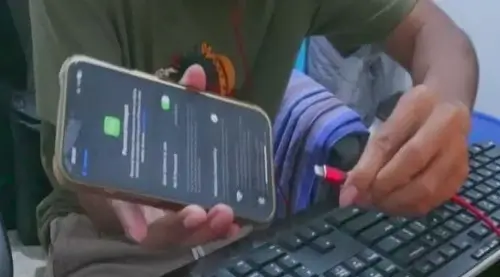
- Inspect the Cable: Ensure you are using an original or certified Lightning cable. Faulty or non-certified cables may cause connectivity issues.
- Test the Ports: Check both your computer’s USB port and your iPhone’s Lightning port for any damage or debris. Clean them carefully if needed.
- Switch Ports: Try connecting the cable to a different USB port on your computer to rule out port-specific issues.
2. Uninstall Conflicting Applications
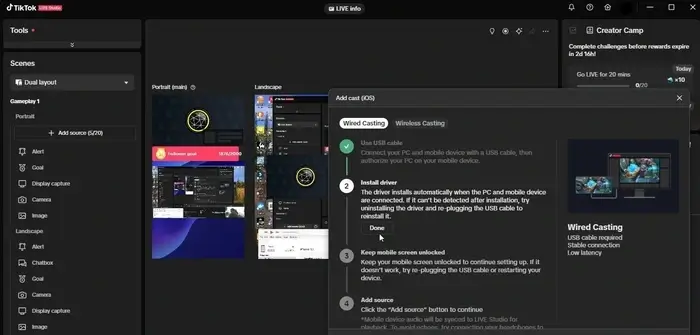
- Some applications, such as TikTok Live Studio, may replace drivers to enable features like Screen Cast Mirroring. These changes can interfere with iPhone detection.
- Steps to Uninstall:
- Go to Control Panel > Programs and Features.
- Uninstall TikTok Live Studio or any third-party apps related to Apple devices.
- Reinstall iTunes from the official Apple website.
3. Use Apple Software Update
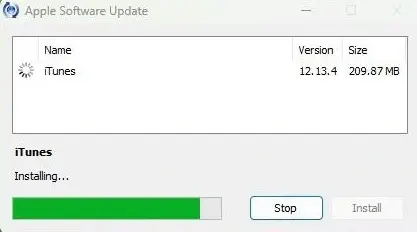
- After reinstalling iTunes, open Apple Software Update to ensure you have the latest version of all required programs.
- Download and install updates if they are available.
4. Verify Apple Mobile Device Service (AMDS)
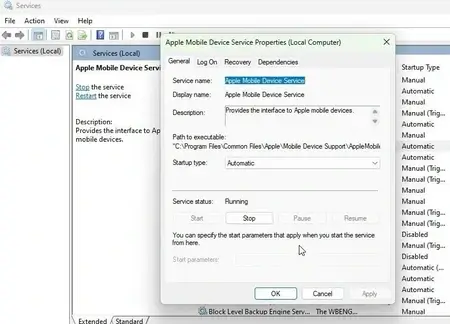
- AMDS is essential for iTunes to recognize your iPhone. Ensure it is installed and running.
- Steps to Check AMDS:
- Open Control Panel > Administrative Tools > Services or press
Windows + R, typeservices.msc, and hit Enter. - Find Apple Mobile Device Service in the list.
- Right-click on it, select Properties, and set the startup type to Automatic.
- Click Start if the service is not already running.
- Open Control Panel > Administrative Tools > Services or press
5. Update Drivers in Device Manager
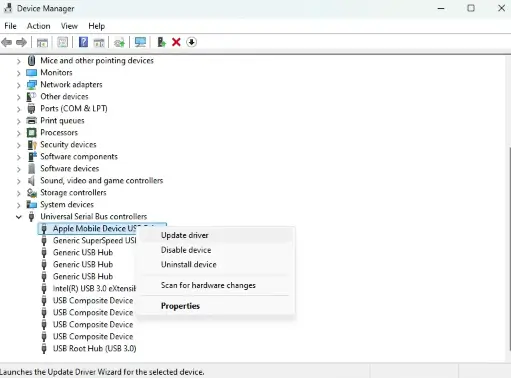
- Open Device Manager and look for Apple Mobile Device USB Driver under Universal Serial Bus Controllers or Portable Devices.
- If it shows a yellow warning icon, right-click on it and select Update Driver.
- Choose Search automatically for updated driver software.
6. Restart Both Devices
- Restart your iPhone and Windows PC after making changes to ensure all settings and drivers reload correctly.
7. Update iOS and Windows
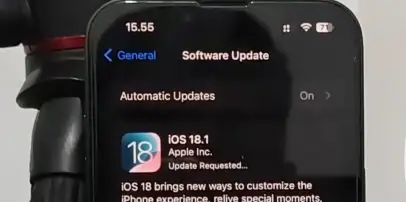
- Update iOS: Ensure your iPhone is running the latest version of iOS to avoid bugs or compatibility issues.
- Update Windows: Go to Settings > Update & Security > Windows Update and check for updates. Install any pending updates.
8. Install Windows 10 Media Feature Pack (If Necessary)
- Some Windows versions, particularly Windows 10 N and KN editions, lack the Media Feature Pack by default.
- Download and install it from Microsoft’s website to ensure proper functionality of iPhone storage display in Windows Explorer.
9. Uninstall iPhone Driver in Device Manager
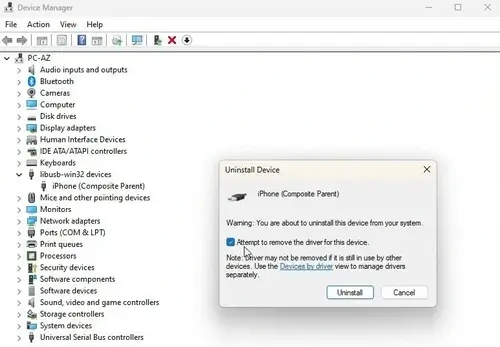
- Open Device Manager and expand the Universal Serial Bus Controllers or Portable Devices section.
- Locate iPhone (Composite Parent) or similar, right-click, and select Uninstall Device.
- Disconnect and reconnect your iPhone to reinstall the driver automatically.
10. Reset Location and Privacy on iPhone
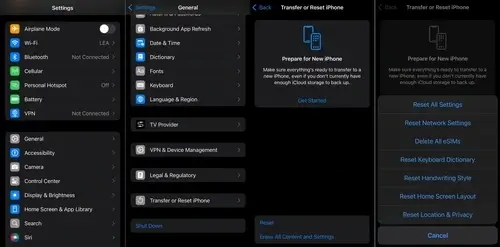
- On your iPhone, go to Settings > General > Reset > Reset Location & Privacy.
- Reconnect the device to your PC and select Trust This Computer when prompted.
11. Disable USB Selective Suspend
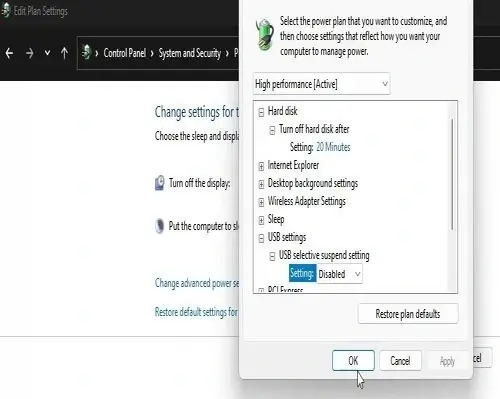
- Open Control Panel > Power Options > Change Plan Settings.
- Click on Change Advanced Power Settings.
- Expand USB Settings > USB Selective Suspend Setting, and set it to Disabled.
12. Contact Support
- If the issue persists, reach out to Apple or Microsoft support for further assistance.
- Provide detailed information about the problem and the steps you have already tried.
13. Use Alternative Methods for File Transfer
- If your iPhone still doesn’t connect to your PC, consider transferring files wirelessly:
- Use iCloud Drive, Google Drive, or other cloud services.
- Transfer files via Wi-Fi using apps that support FTP or LAN connections.
By following these steps, you should be able to resolve the issue and get your iPhone detected by your Windows computer. If the problem persists, it’s best to consult a professional technician for further help.








